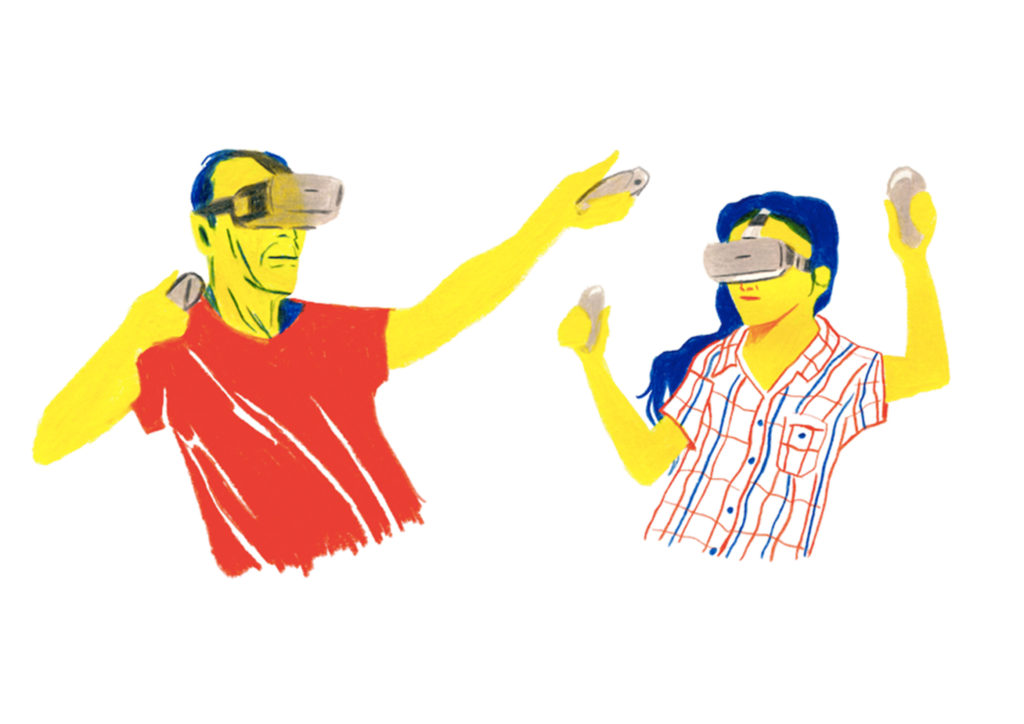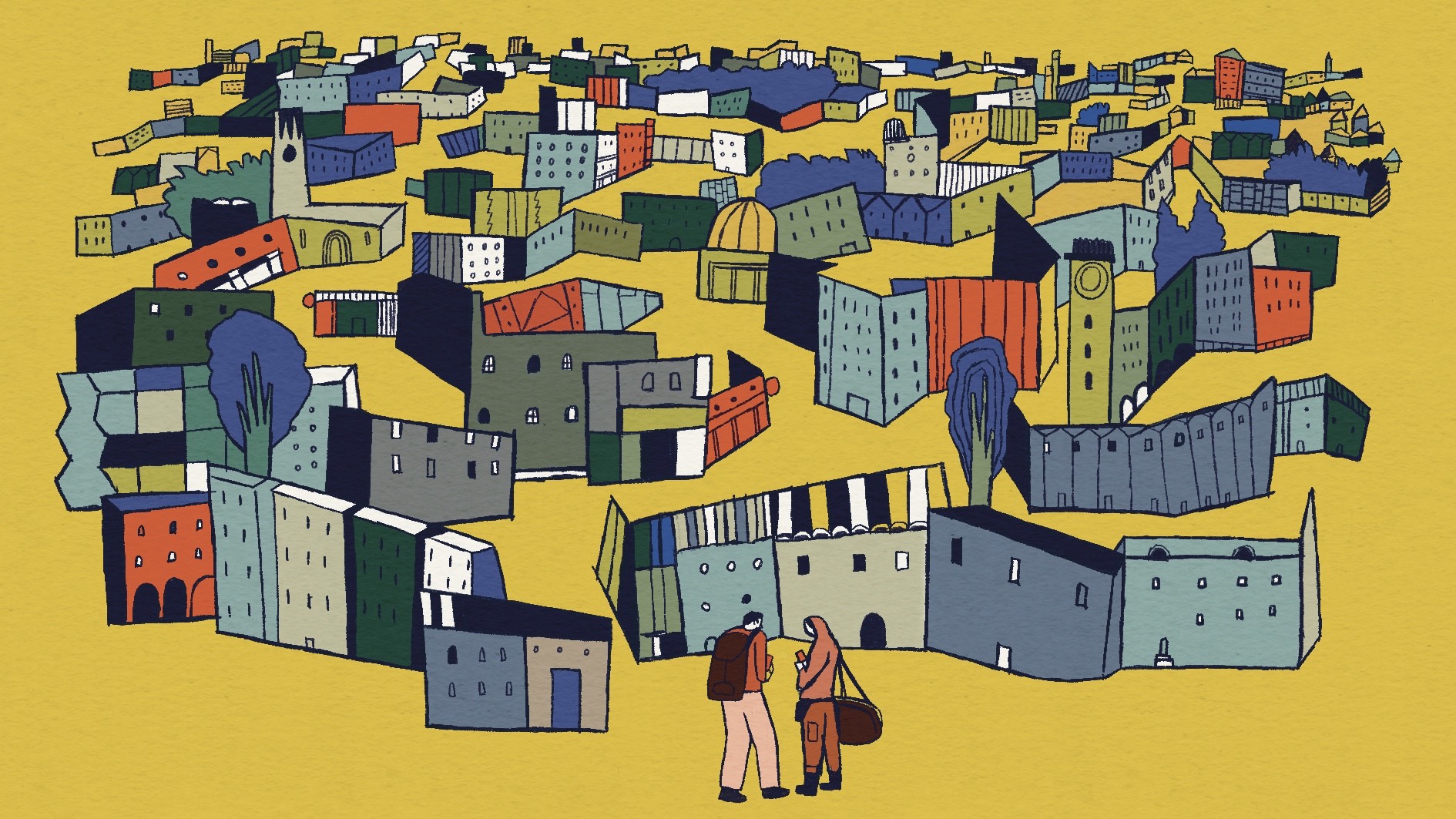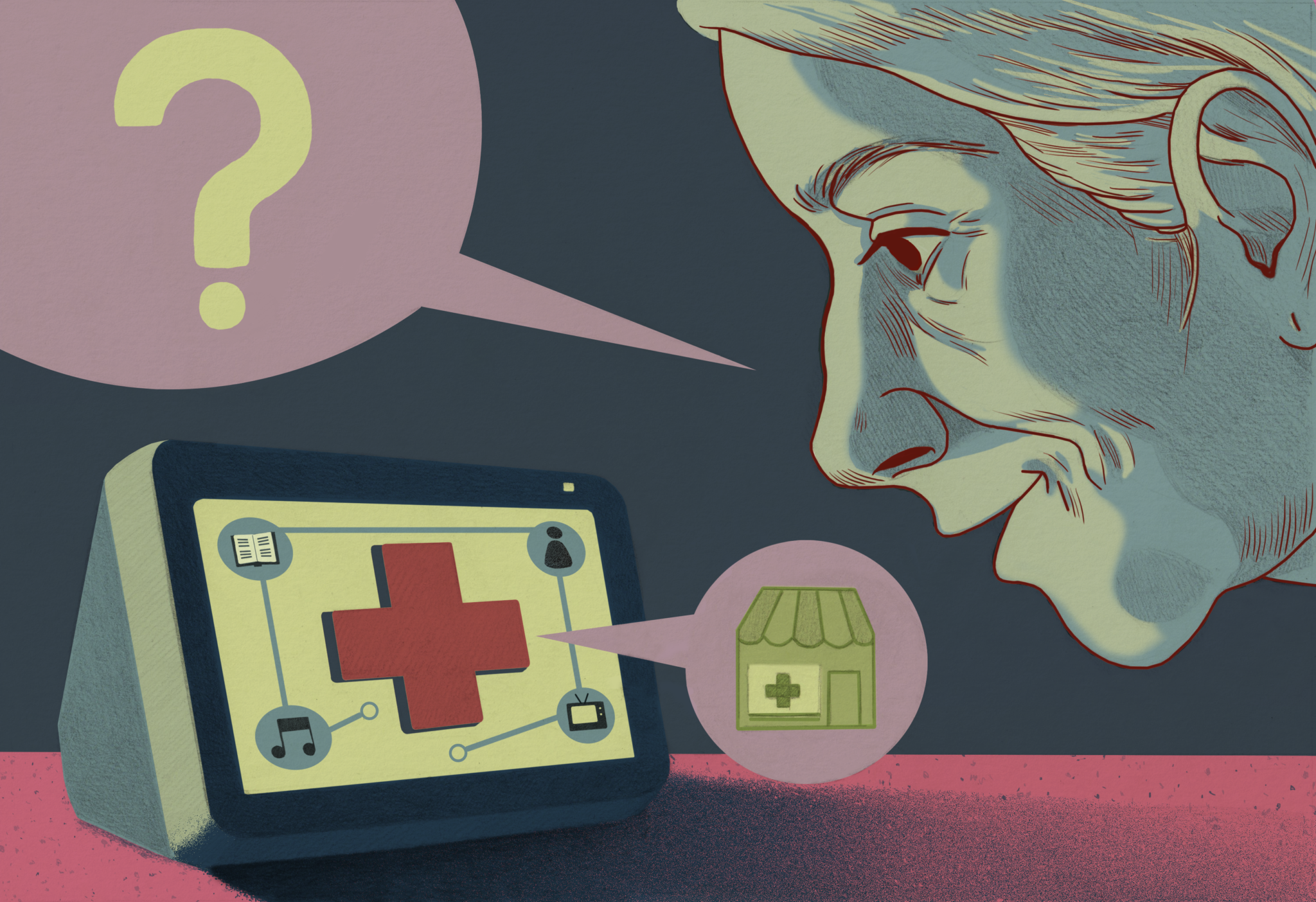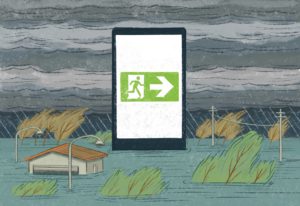
Description
The International Federation of Red Cross and Red Crescent Societies (IFRC) Asia Pacific Disaster Resilience Centre (APDRC), the regional reference centre established by the Republic of Korea National Red Cross in 2016, introduced Virtual Reality tools to train people and raise general public awareness in disaster risk reduction and community resilience.
Context
The Asia Pacific region is a supermarket of disaster. Approximately 60% of the world population is living in this region, the most disaster-prone area which faces over 70% of the world disasters. In 2018 alone, 4 out of 5 of the most disaster affected countries in the world are located in Asia – India, Philippines, Afghanistan, and China. APDRC realized that disaster safety training is not an option but a necessity. APDRC noticed that when people are exposed to the disaster situation, the way they react to the situation might be very different from a normal situation. In order to support the learning of correct procedures in relations to real disaster situations without bringing any harm to the population, APDRC used modern technology called Virtual Reality.
Technical details & Operations
Disaster Resilience Training is based on Virtual Reality that uses a gaming computer with a headset and controller. It has three contents for the training. ‘Fire in a theatre’, ‘Escaping from ship’ were developed by a private company and ‘earthquake’ contents has been developed by APDRC and ICRC together. APDRC provided 2 sets of VR gear with gaming computers to the National Societies that have expressed an interest in the training. TOT trainings were also delivered to the operators in each National Societies in South Korea. Those NSs have to report their activities to APDRC every year. An operator is needed to support the participants to have a realistic experience. Each National Society operates the training in 2 ways. One is 1 ~ 2 hour training with DRR lectures and VR experiences, the other is 5 ~ 10 minutes with DRR introduction and VR experiences as an additional event of large gathering.
Deployment & Impact
The pilot training was done in 5 countries – South Korea, Philippines, Mongolia, Nepal, and Indonesia – in 2018. In those countries, a total of 4,277 people across 98 events participated. In 2019, the training was done in 7 countries – South Korea, Philippines, Mongolia, Nepal, Thailand, Singapore, and Vietnam. In total 16,010 people participated in the training.
APDRC carried out the evaluation with a satisfaction check. In Korea, around 1,500 participants shared their satisfaction level in 2018. 95.4% of the participants were satisfied with the VR training. The majority of feedback was very positive and people said that “It was like a real disaster”, “It was vivid and realistic” “It was helpful to understand the victims”
This innovative training is very much attractive to students and the community. Especially, students in urban areas in Asia responded enthusiastically to this VR based education. All the NS which carried out the VR training said that VR can allow participants to learn without exposure in dangerous situations. One of NS in South East Asia could lead a discussion regarding innovative training within the country.
However, there are still many challenges. Firstly, the initial investment expense is quite high. Due to this, the number of gears APDRC can provide is limited. The second challenge is that VR training is carried out as an additional event and not as a main event. The limited number of available languages and content also makes it difficult to utilize the equipment over a broad cross-section of people. Infectious diseases like the outbreak of COVID-19 also make it difficult to have large gatherings or training programs. Despite these challenges, APDRC constantly aims to develop and distribute this innovative and creative training content to strengthen the capacity of DRR and Community Resilience.





